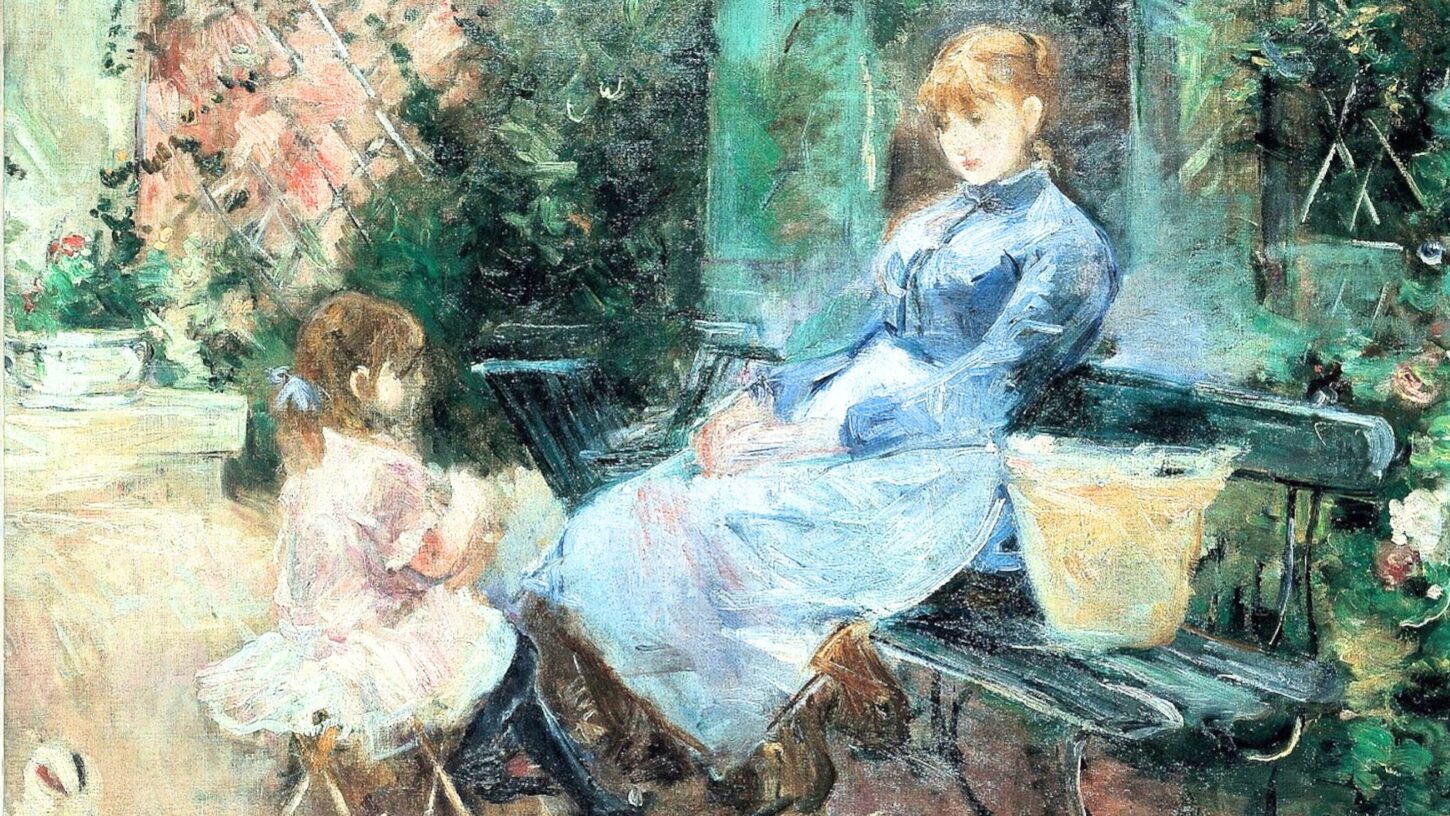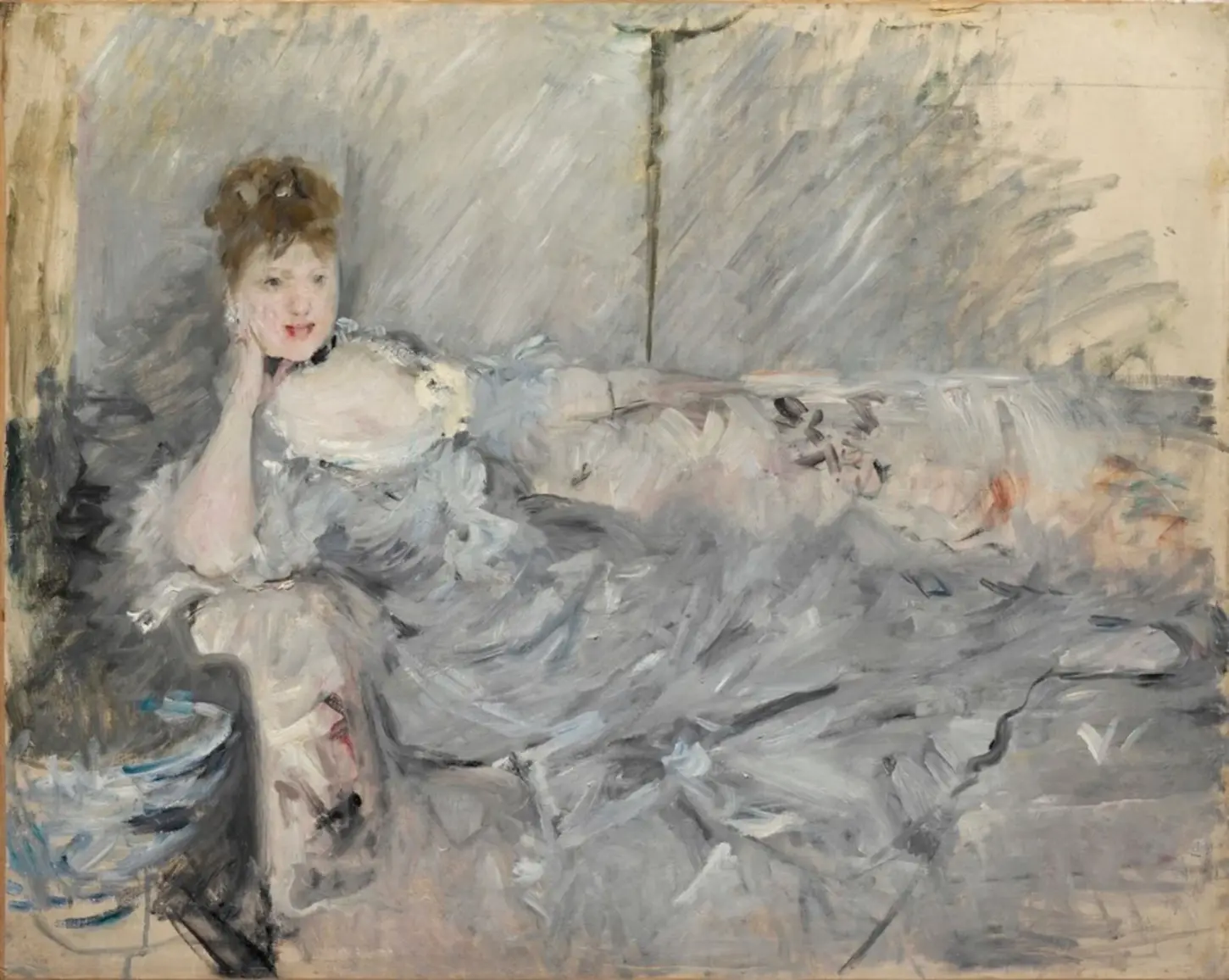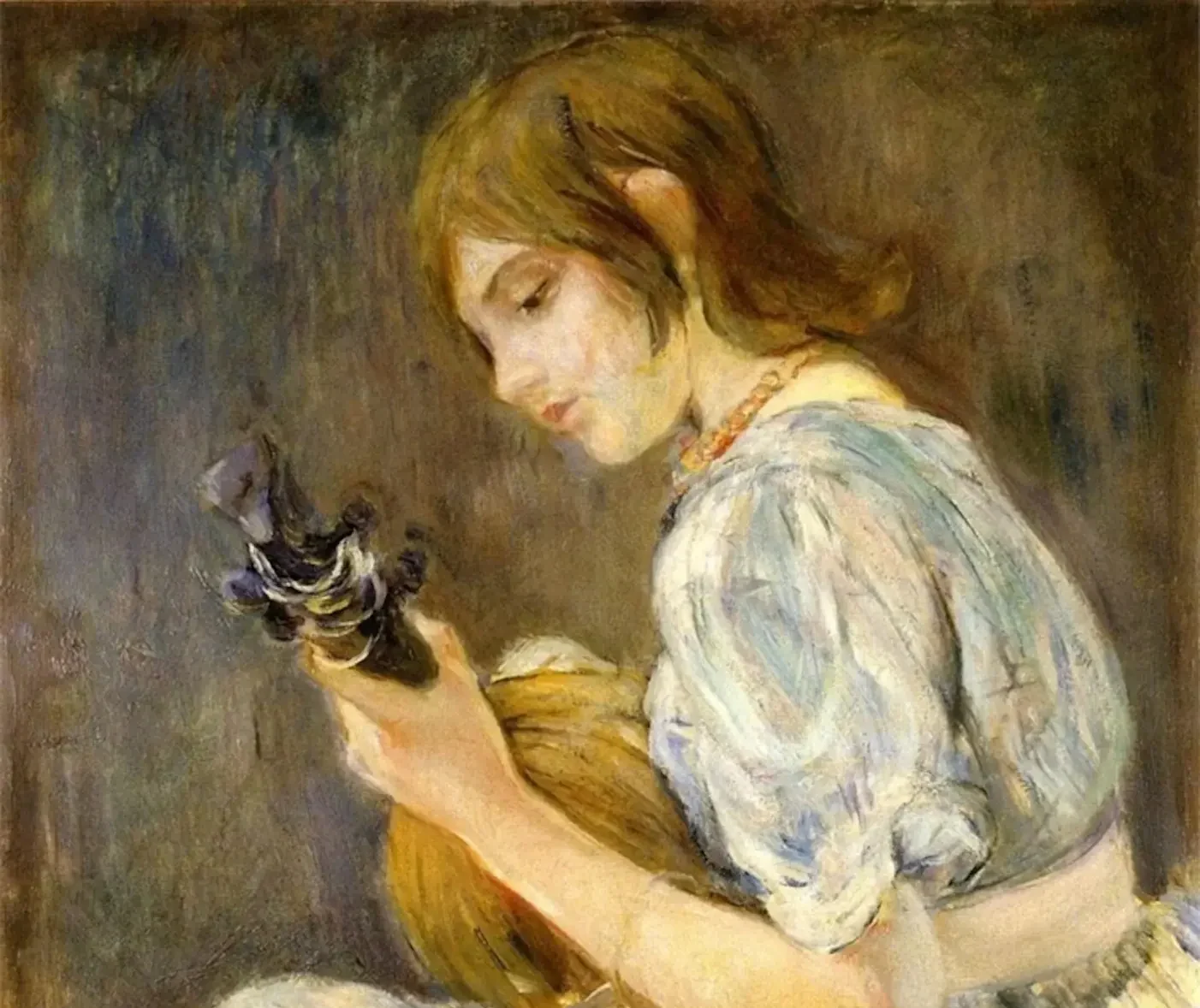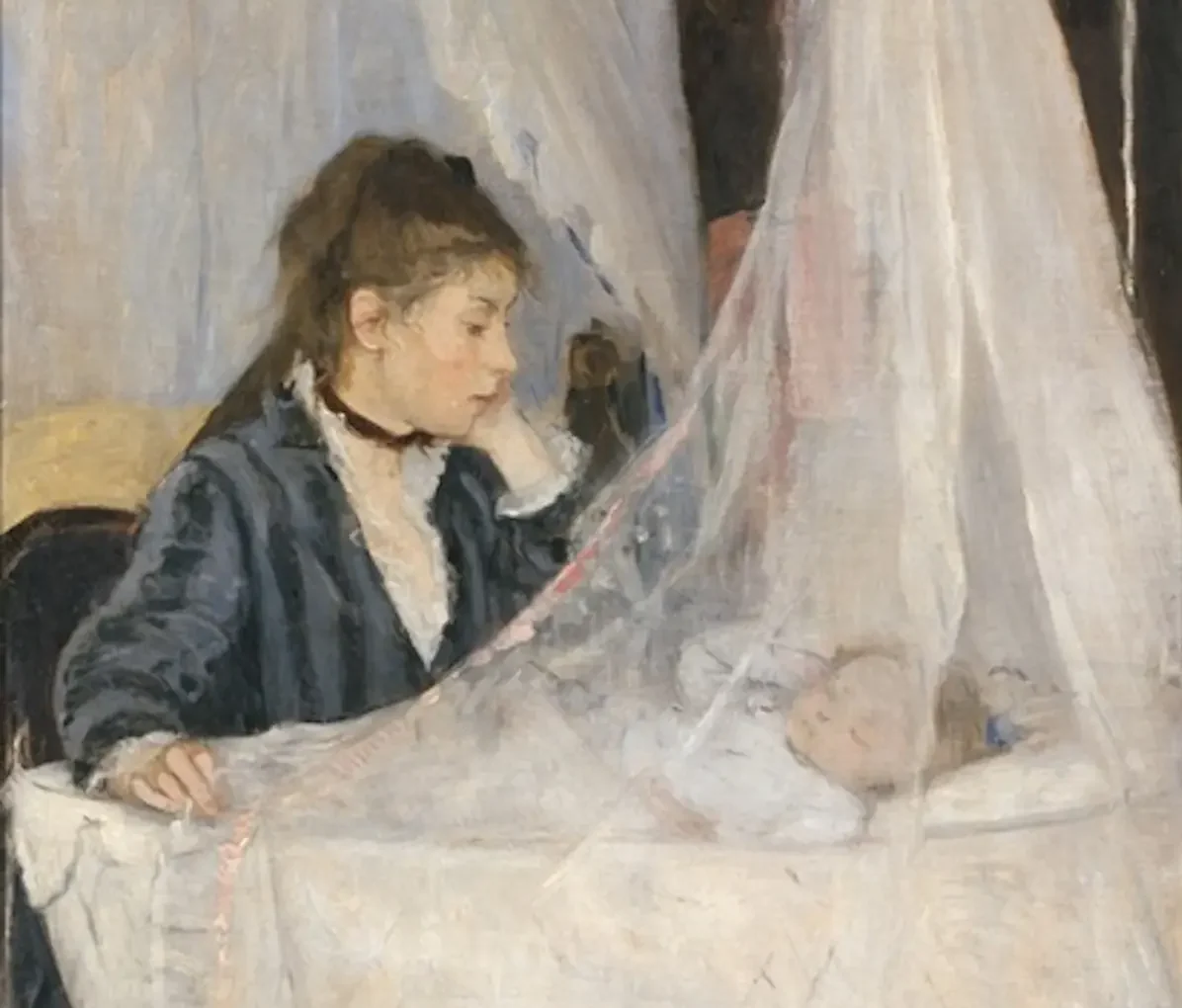
The extraordinary contributions of Berthe Morisot, one of the key figures of Impressionism, are being celebrated with a major exhibition at Palazzo Ducale in Genoa. This showcase runs parallel to a large retrospective held at the GAM in Turin, offering another opportunity to delve into the life and art of a woman whose groundbreaking work remains underappreciated by the broader public. Titled Impression, Morisot, the exhibition features 80 pieces spanning Morisot’s career and shines a light on her artistic evolution, including the transformative influence of her stays in Liguria.
Ligurian Inspiration: A Turning Point in Morisot’s Art
The decision to host the exhibition in Genoa is no coincidence, as the Italian Riviera played a pivotal role in Morisot’s artistic journey. Her two winters spent in Liguria (1881–1882 and 1888–1889) had a profound impact on her work. The luminous Mediterranean landscape inspired her to lighten her palette and embrace more dynamic, fluid brushstrokes, a hallmark of her later style. Works like The Boat in the Sunlight illustrate this shift, capturing the shimmering play of light on water with remarkable vigor.
Morisot also became captivated by the lush vegetation of Liguria, with orange trees becoming a recurring subject in her work. In Under the Orange Tree (1889), she explores the interplay of light, texture, and movement, creating a near-abstract background. The piece exemplifies her ambition to capture the fluid elegance of natural forms, much like the Botticelli masterpieces she admired during a visit to Florence.
A Painter of Childhood and Domesticity
Another focus of the Genoa exhibition is Morisot’s tender and insightful portrayals of childhood. Her works often feature her daughter Julie, nieces, and other children, depicted with a sensitivity that earned her the title of “the painter of childhood.” In The Tale (1883), Morisot depicts Julie alongside her governess, Pasie, in a serene domestic setting. The subtle use of color and the light, airy atmosphere evoke a sense of intimacy and tranquility.
Similarly, Girl with a Doll (1884) offers a frontal portrait of Julie, her small feet swinging playfully, reminiscent of works by Morisot’s friend and fellow Impressionist Mary Cassatt. These paintings showcase Morisot’s ability to merge her impressionistic techniques with a poignant emotional depth, capturing fleeting moments of childhood innocence.



Beyond Domesticity: Feminine Strength and Poetic Mystery
Although Morisot is often associated with depictions of domestic life, this exhibition challenges the notion of her work being confined to “feminine” themes. Her treatment of these subjects elevates them, transforming the traditionally undervalued realm of the domestic into a stage for quiet strength and introspection.
Her characters, often immersed in thought or reverie, convey a poetic mystery that transcends their immediate surroundings. This is evident in The Cradle (1872), where Morisot’s sister Edma gazes tenderly at her sleeping daughter, Blanche. The delicate interplay of light, shadow, and movement in the painting encapsulates Morisot’s mastery of composition and emotional storytelling.
The Mature Morisot: Feminine Figures and Impressionist Experimentation
As the exhibition progresses, visitors encounter Morisot’s later works, where her mature Impressionist style comes to the forefront. Her female figures exude confidence and grace, often depicted with a deliberate “unfinished” quality that adds vibrancy to her canvases.
In Young Woman Putting on a Skate (1890), for example, Morisot leaves parts of the canvas exposed, integrating the raw material into her composition. This technique underscores her experimental approach to painting, blurring the lines between form and abstraction. Her willingness to embrace imperfection and spontaneity reflects the core spirit of Impressionism.
Berthe Morisot’s Legacy
Morisot’s contributions to Impressionism are profound, yet her work remains overshadowed by her male contemporaries. This exhibition seeks to redress that imbalance, highlighting her innovative techniques, emotional depth, and unique perspective as a woman artist in 19th-century France.
With a career that included participation in nearly every Impressionist group exhibition and a body of work that spans over 400 paintings, Morisot’s impact on the art world is undeniable. Her ability to capture both the beauty and complexity of everyday life continues to resonate, inviting audiences to see beyond the clichés often associated with her art.
An Exhibition Not to Be Missed
Impression, Morisot is a must-visit for art lovers and those interested in the rich history of Impressionism. Running until [date of closure], the exhibition at Palazzo Ducale in Genoa provides an immersive journey into the life and work of one of the movement’s most important—and underappreciated—figures. From her intimate portraits of children to her bold exploration of nature and light, Berthe Morisot’s art offers a window into the Impressionist movement through the eyes of one of its most gifted practitioners.

